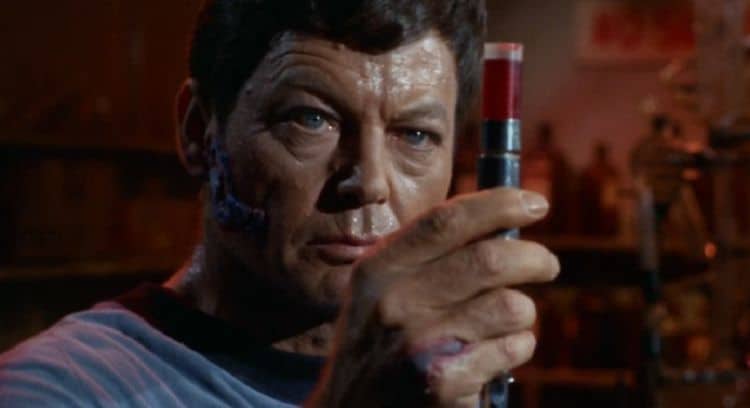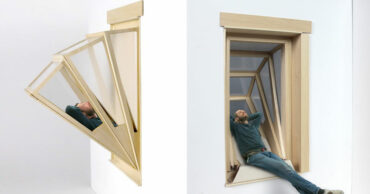
Obviously reaching space, the final frontier as it’s been said, isn’t too much of a hardship in Star Trek, but as of now, it’s still something that human beings have yet to see as a walk in the park. When it comes to the medical technology that Star Trek is also well-known for there are a few devices that would appear to be quite close to what’s been seen on TV that are in use today. Whether they were inspired by Star Trek or are simply the next step on the path towards being able to diagnose and possibly cure many ailments is hard to say, but there are medical tools and procedures that are quite similar to and can be compared to those that are seen on the show. Obviously, a lot of the technology with its flash and impressive displays hasn’t been fully replicated as of yet, but it is accurate to say that the medical field has been growing in leaps and bounds throughout the decades as new and innovative ways to care for people and help their many ailments have been discovered and refined. Whether or not we’ll ever see every bit of the technology replicated is difficult to say for certain, but at the moment there are several devices that prove that the medical field does have comparable technology to Star Trek.
Here are a few devices that we already have that mirror what is seen on Star Trek.
4. Medical tricorder
While we don’t necessarily have the same handheld device that is seen in the show and the movies, there are devices that are very close to this and yet aren’t always seen by a lot of people. The technology that is available in this current era isn’t going to be entirely like that seen on the show for a lot of reasons, and one of them is that the time and work it takes to refine the technology and make certain that it’s going to work in the field is extensive and the responsibility of making sure it works is taken very seriously. But one of these days when a doctor can carry a handheld device like this it might be seen as a humongous boon since it will do the work of many other machines that were needed in the past.
3. Hypospray
In the real world, this is called a jet injector and it’s been around for quite some time. While the technology on the show has advanced to a ridiculous level it’s still easy to think that Star Trek was taking this as their own when it had already been invented. It’s not something that many people know about unless they study or are a part of the medical field, but it’s a fairly common piece of equipment that has been in use for a while now. It’s not something that a lot of people like to see coming since some people tend to think that it’s going to hurt when in reality it’s no worse than a needle injection, and in some cases might actually be safer.
2. Visor
It’s very easy to say that this hasn’t been perfected yet and that it’s nothing like what has been used in Star Trek at the moment but the technology is still sound and it has been used in surgical procedures to help out when needed. The day that a complete visor can be used in order to help a surgeon see things in a clear and concise manner during surgery doesn’t feel too far away, but at the current time, it is enough to state that the technology is being worked on and that it is in use. It will certainly be interesting to see if this application is ever taken any further and used in other ways that could benefit other workplaces.
1. Vital signs monitor
This kind of technology has been used for quite a while now and is getting updated constantly in order to better serve patients and make certain that their vital signs are kept under constant surveillance so that they can be given the proper care. While they’re not quite to the standard of those used in Star Trek the technology still surpasses what was being used when the show first came out. One can only imagine what will happen once said technology does become available and how much more effective a diagnostic bed will be when it can act as a type of x-ray machine as well. That will certainly be a sight.
To be perfectly honest a lot of the medical devices seen in Star Trek are given a lot more flash than is needed at times, but the thought that such technology might one day be seen as common is more than a little interesting, not to mention intriguing.
 Follow Us
Follow Us





